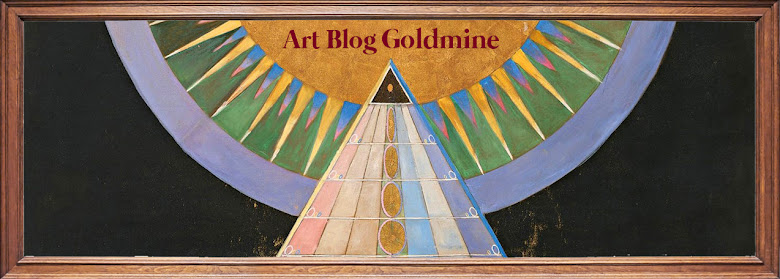Modern Life
In the 20th century, cities were socially,
culturally, and physically transformed by the dynamics of
modernization. In the rising structures of the metropolis, people
adapted to new conditions and improved their quality of life.
Aspiring artists flocked to cities, especially Sydney, as they were
primary sites for the encounter with modernity and diverse artistic
critiques. Captivated by unprecedented changes brought by
modernization, artists depicted urbanized environments and people
living in the novel modern society with keen insight. Artists
invented original techniques that reflect the changes in society
based on their study of European classical art and avant-garde ideas
and techniques.
Modern Life: People
 |
Arthur Murch, The aeroplane, 1929-1930, Oil and egg tempera on canvas on board |
The tension expressed in people's faces is caused by seeing the flying vehicle. People in the countryside, who are used to the traditional way of living, are confused and surprised by the encounter with modern technology that invented the aeroplane. Through the depicted collision between tradition and modernity, the artwork invokes the monumentality of the changing world.
 |
Weaver Hawkins, Morning underground, 1922, Oil on canvas |
The portrayal of the crowded Underground is relatively flat and flourished. This stylistic depiction is derived from studying artworks of modern masters such as Cézanne, Gauguin, Matisse, and van Gogh. Similar to European avant-garde artists, Australian artists sought innovative techniques for capturing a subject to reconcile with industrial expansion.
 |
Thea Proctor, The bay, 1927, Watercolor |
Modern Life: Setting
 |
Tempe Manning, Kingsclere, 52 Macleay Street, 1919, Oil on board |
As urbanization transformed Sydney rapidly, engineering spectacle towered up high-rise buildings. In the painting, the artist juxtaposes old low-rise buildings in the midground and the towering presence of Kingsclere in the background. Instead of depicting Sydney's grand skyline, the artist presents her intimate vision of the new everyday experiences and vistas of her modern world and the burgeoning metropolis.
Opalescent and speckled color usage is a notable technique in her paintings. Though the brush strokes are relatively large, the technique is similar to the Pointillism of European modern art. The realistic rendering of the subject shows the traditional academic training she received while she was in Paris from 1912 to 1914. After returning to Sydney, she moved onto her avant-garde phase by devising the speckled color technique. |
Margaret Preston, (left) Implement blue, 1927, Oil on canvas (right) Western Australian gum blossom, 1928, Oil on canvas |
Margaret Preston is regarded as a master of Australian modern art. Both of the presented paintings show two of her still lives. Believing that the best subjects for modern art were to be found in everyday life, she painted a large number of still-life subjects. Yet, the artist deliberately selected subjects as her commitment was to create modern art demonstrating the beauty of Australia. Her selection of Western Australian gum blossoms is especially smart, as it is native to Australia.
Notable techniques shown in the two paintings are strictly calculated and reduced forms and subdued color palettes. Mechanical and scientific forms and colors of domestic machines were primary sources of inspiration. Through her invented technique, the artist sought to indicate the improved quality of living manifested by modernization.
Notable techniques shown in the two paintings are strictly calculated and reduced forms and subdued color palettes. Mechanical and scientific forms and colors of domestic machines were primary sources of inspiration. Through her invented technique, the artist sought to indicate the improved quality of living manifested by modernization.
Thank you for finish reading the article. It is the second article of modern art chapter in the comprehensive study on Australian Art. The study is divided into three chapters according to era: classical, modern and contemporary. To view the complete list of the articles within the study, please direct to the linked article.
To support Art Blog Goldmine:
- Browse and read articles of similar topics in Art History: Modern
- Subscribe to the blog via RSS feed
- Follow Twitter for must-know art history facts and key art world news
- Recommend the blog to art enthusiast communities



No comments:
Post a Comment